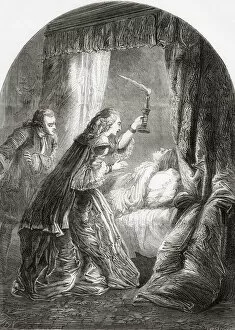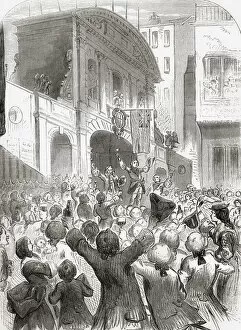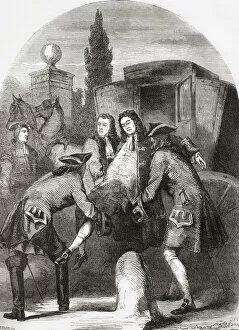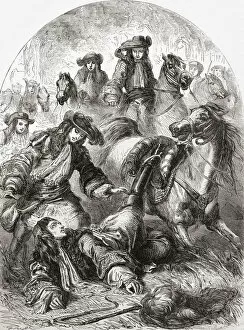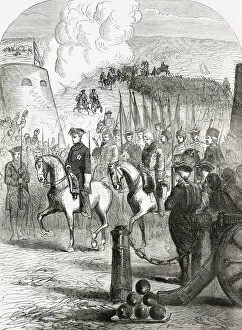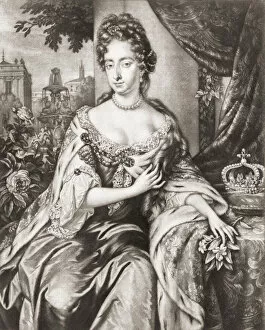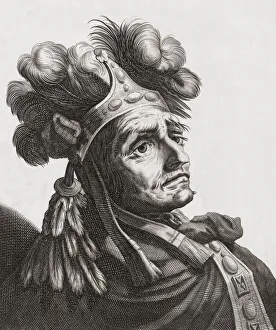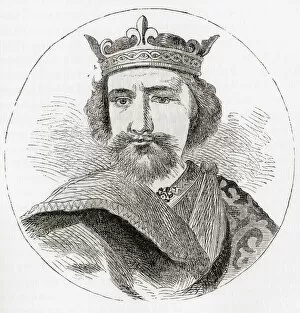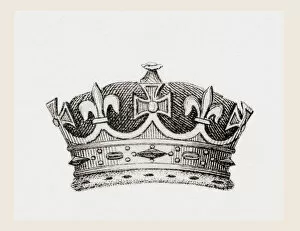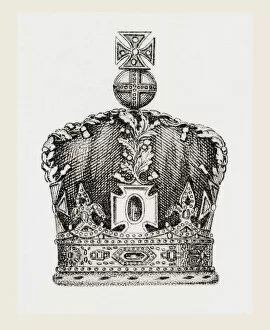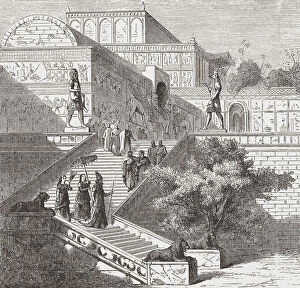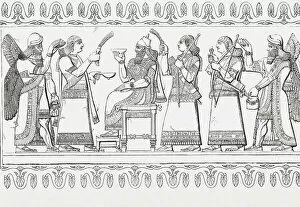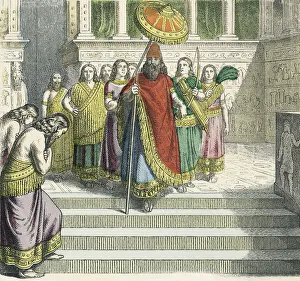Royalty Collection (page 22)
"Captivating Moments of Royalty: A Glimpse into the Majesty" A Royal Command Portrait at Buckingham Palace
All Professionally Made to Order for Quick Shipping
"Captivating Moments of Royalty: A Glimpse into the Majesty" A Royal Command Portrait at Buckingham Palace: The regal aura emanates as the monarch's presence is immortalized in a captivating portrait, symbolizing power and grace. VE Day: Winston Churchill with the Royal Family on the balcony of Buckingham Palace - an iconic image capturing unity and victory, where royalty stood as a beacon of hope during tumultuous times. William of Orange at the Battle of the Boyne, 1668: Witness history unfold as this courageous royal leads his troops to triumph, leaving an indelible mark on British history. Buckingham Palace - The Epitome of Elegance: Nestled in London, this majestic residence stands tall as a testament to centuries-old traditions and serves as a symbol of monarchy's grandeur. North American Harvard IIB - Wings Fit for Royalty: Adorned with elegance and sophistication, this aircraft carries not only pilots but also dreams that soar high under royal patronage. The Queen's Visit to Abingdon, 2nd November 1956: An enchanting moment frozen in time when her majesty graced Abingdon with her presence, spreading joy among loyal subjects far and wide. Thomas Cromwell Earl of Essex - Holbein's Brush Unveils Nobility: Through artistry comes life; witness Thomas Cromwell's noble visage captured by Holbein—a reminder that even statesmen can be touched by royalty. Queen Elizabeth II & Prince Philip Down Under (1954): Across oceans they traveled—her majesty radiating grace while Prince Philip exuded charm—uniting nations through their regal charisma. Coronation Review 1953 – Majestic Splendor Unveiled. Celebrate alongside millions who witnessed Her Majesty ascend to greatness during this awe-inspiring coronation review.







